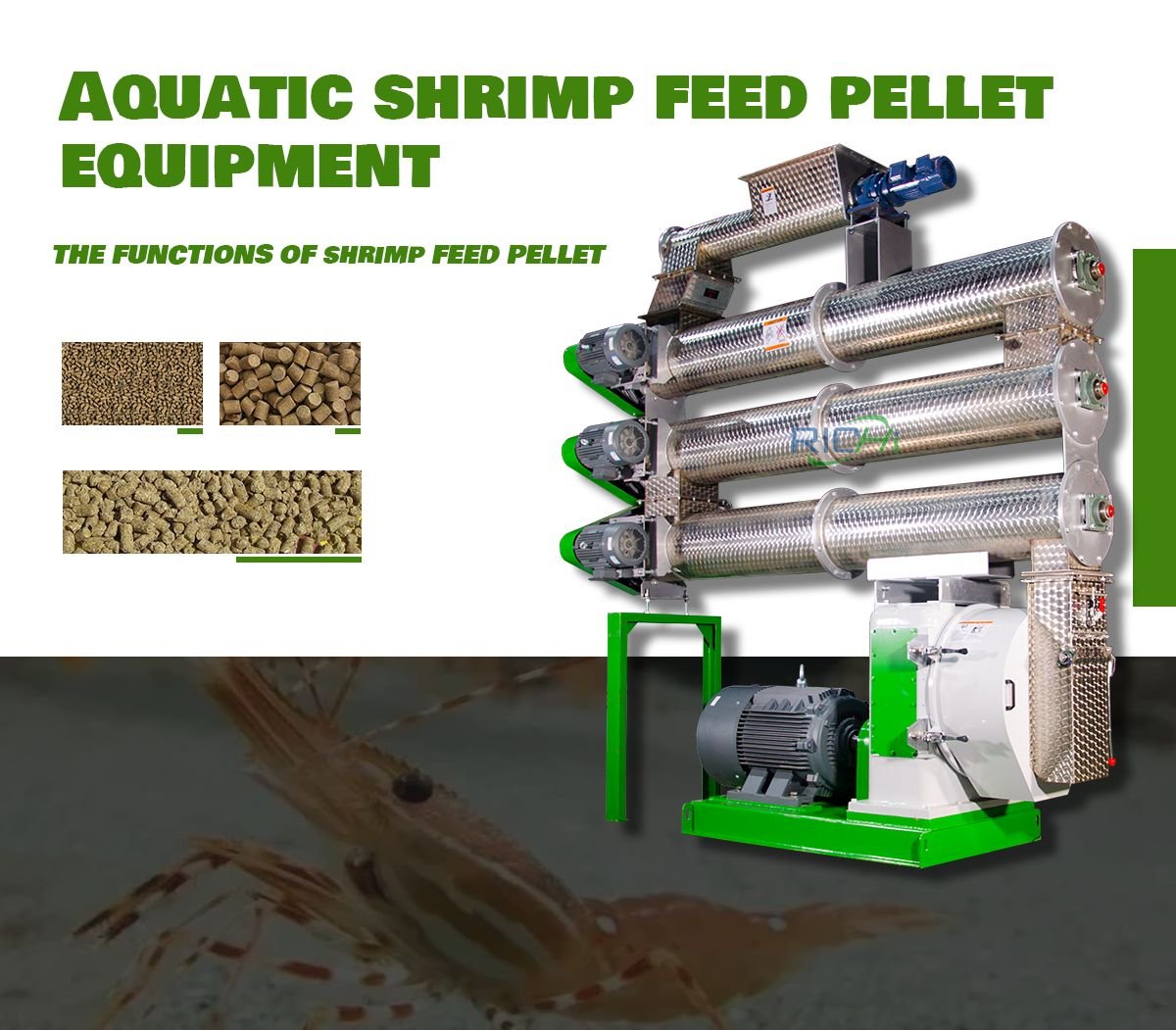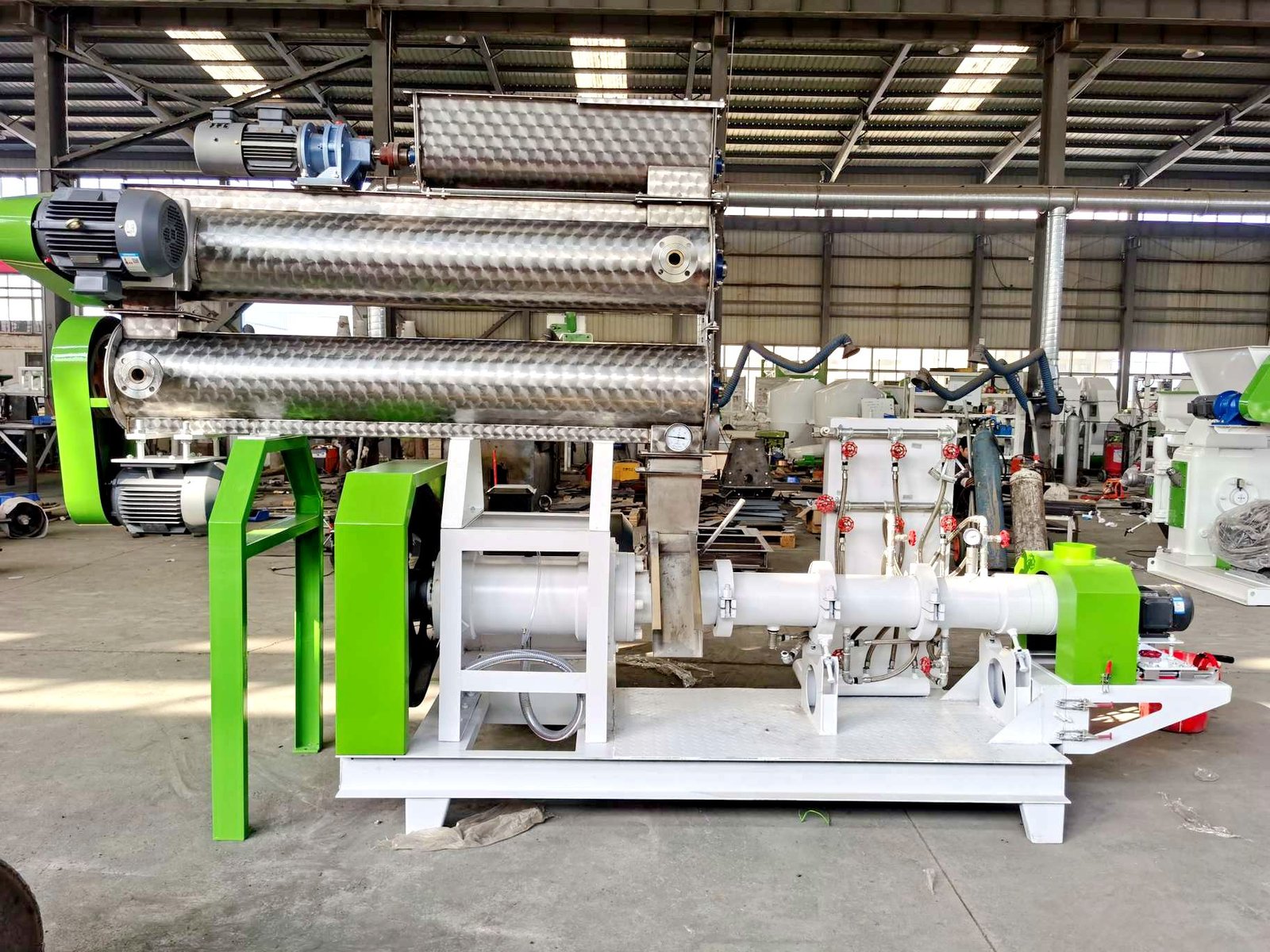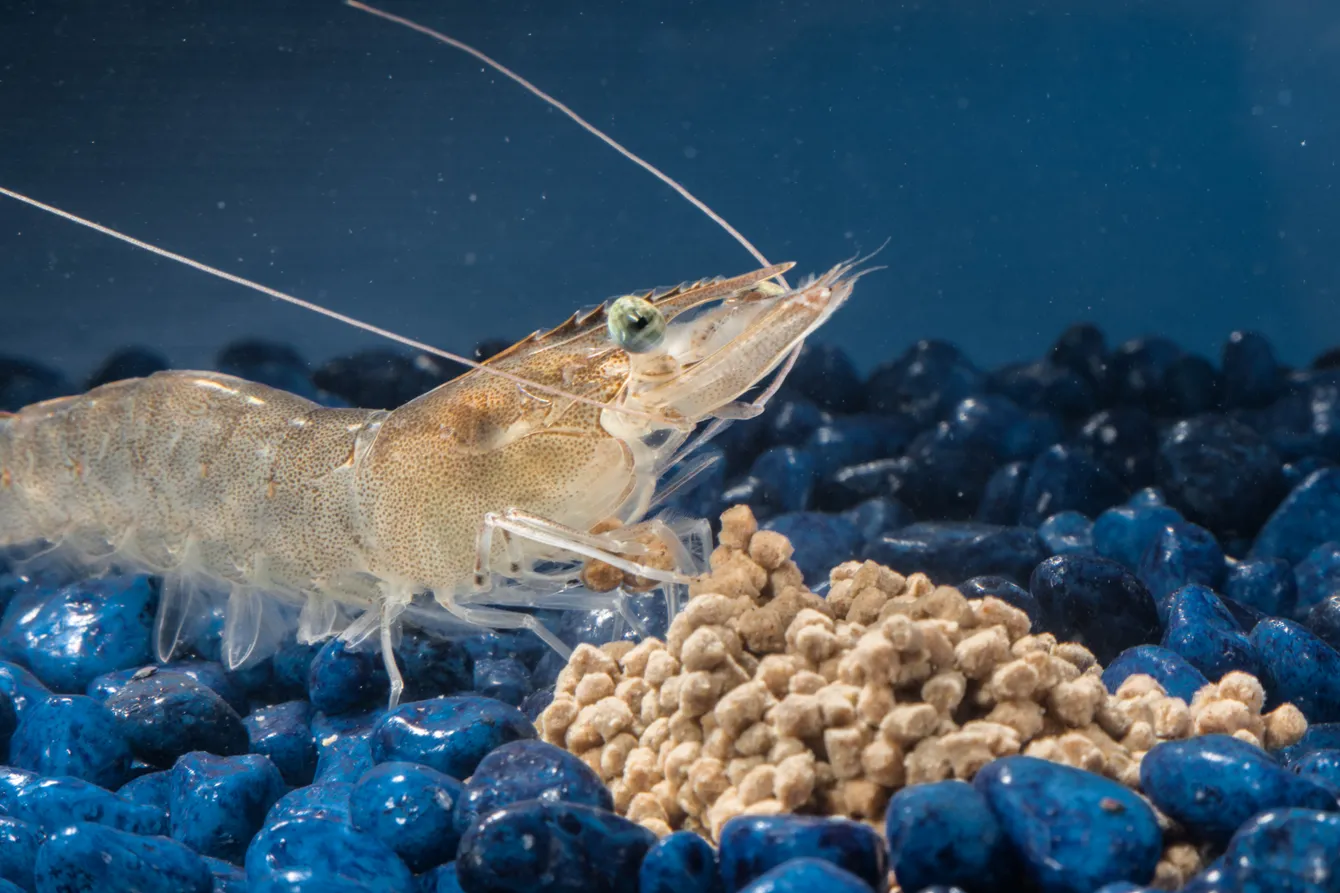Fish diseases, according to wikipedia, like people as well as other pets, fish deal with diseases and bloodsuckers. Fish defences against disease are specific and also non-specific. Non-specific defences consist of skin and also ranges, in addition to the mucous layer secreted by the epidermis that traps microorganisms as well as hinders their development.
If virus breach these protections, fish can create inflammatory feedbacks that enhance the flow of blood to infected locations and supply leukocyte that attempt to ruin the microorganisms.
With the arrival of springtime, the temperature begins to climb slowly as well as the water temperature maintains climbing, which also increases the development and also recreation of dangerous bacteria in fish ponds. As the temperature gets greater and also higher, summer season comes, the water temperature level appropriates for fish growth as well as fish food is growing in summertime, which is the prime season for fish growth.
Nonetheless, because of the high summer temperatures, the weakness of fish after overwintering, the vigorous metabolic process of fish, the enormous build-up of feces, and the big quantity of recurring lure transferred on the bottom of the fish pond, causing the deterioration of fish pond water quality as well as substrate, This has resulted in the constant event of numerous types of fish diseases, which can conveniently create water mold, erysipelas, bile duct disease, trichinosis, etc, and straight impact the economic advantages. The following are some typical types of fish diseases.
1. Water Mold And Mildew Disease
Water mold and mildew disease is an infectious disease brought on by damages to the surface of freshwater fish caused by factors such as straining as well as frostbite. The original representative is extensively present in the water column as well as is an opportunistic microorganism. After attacking the fish body, the water mold and mildew will certainly reproduce sexually and create white flocculent material, which abides by the surface of the fish body.
Fish are cranky, hunger reduces, can stagnate usually, immunity progressively lowers, and various other infectious diseases are easily generated. If the treatment is not timely, the fish will quickly die as a result of weakness.
2. Red Skin Disease

The occurrence and also frequency of erysipelas is really comparable to that of water mold and mildews. It is generally caused by aspects such as internet drawing and frostbite, which trigger damage to the surface area of the fish as well as infection with Pseudomonas fluorescens.
Pseudomonas fluorescens is likewise an opportunistic pathogen that is extensively existing in the water column. When there is no damages to the surface of the fish, infection does not usually happen.
If there shows up damages externally of the fish, pathogenic bacteria will certainly go into as well as multiply via the broken location and also create medical signs and symptoms. After the fish are contaminated with the microorganism, the body surface will certainly be badly crowded and irritated, the ranges will certainly diminish, and also the fin cells will be significantly harmed, forming a “mop” shape.
When the disease is serious, a multitude of water molds will certainly be parasitized in the unwell fish where the scales diminish and also the fins rot, leading to more serious professional symptoms and greater death. The disease mainly affects lawn carp, herring, carp and crucian carp.
3. Upright Range Disease
The main manifestation of vertical range disease is that the fish scales open exterior and fall off with light pressure, and there is liquid overflow. At the later stage, the fish abdominal area swells, stumbles and also dies rapidly. It is typically widespread in the season of low tide temperature level or when the water temperature level modifications in a brief time period.
4. Oblique Tubeworm Disease
The major symptom of oblique tubeworm disease is that the infected fish begin to produce large amounts of mucous, developing a white mucus layer on the body surface area. Once the water temperature problems are suitable, chinstrap worms will increase and cause mass mortality within 2-3 days.
5. Microbial Putrefaction
Swelling as well as blockage of part or a lot of the body surface area of the infected fish; descaling; congestion of the fin bases, blisters of the fin suggestions, as well as devastation of the cells between the fin bars.
Erythema often appearing on the zygomatic bone and top as well as lower foreheads, with the zygomatic bone often decaying to subject the zygomatic bone. The disease primarily occurs in late springtime and very early summer season. Infected fish swim gradually, commonly alone on the water surface area, and die rapidly.









